10 Eerie Documentaries About the Wonders of Planet Earth
- Oops!Something went wrong.Please try again later.
- Oops!Something went wrong.Please try again later.
- Oops!Something went wrong.Please try again later.

This story is part of The Hollywood Reporter’s 2023 Sustainability Issue (click here to read more).
We’re currently living in a golden age of panic-inducing eco-documentaries gushing facts and statistics at us about how humans are killing the planet. These didactic films are vital for grounding us in the sobering truths of climate change and spurring activism across generations. But it’s easy to feel wrung out from the constant finger-wagging, too. Unquestionably, it’s more challenging for filmmakers to transmit environmentalist messages via tone, mood or imagery alone — but for viewers, the rewards can be spectacular.
More from The Hollywood Reporter
Hollywood Courts Wall Street's ESG Investors Mainly With Film and TV Messages, Not Carbon Offsets
'A Matter of Degrees' Co-Host: Hollywood Needs More Climate Stories
The documentaries in this list showcase the grand scale of Earth, but they’re also able to demonstrate the refinement of our microcosmic communities. Some focus on explorers who either conflict or harmonize with their subjects; others are dialogue-free meditations on life itself. We’re witnesses to tragedy and celebration, spirituality and terror. They are historical documents as much as artistic or educational achievements, representing the values and technologies of their eras. As different as these films are, they collectively communicate wisdom about protecting the gifts of nature.
Fire of Love (2022, directed by Sara Dosa)
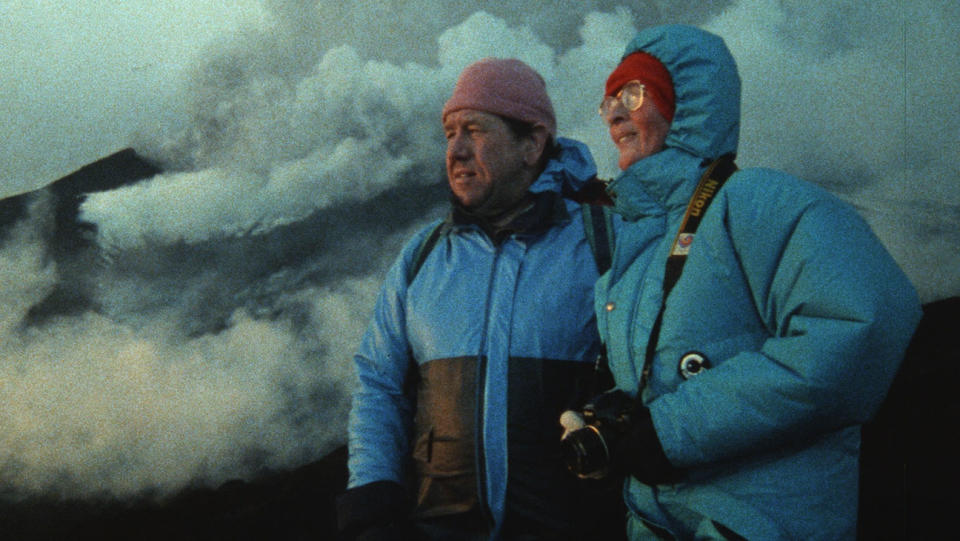
The Oscar-nominated doc honors the extraordinary marriage of French volcanologists Katia and Maurice Krafft, two obsessive and pioneering documentarians in their own right, whose vast film archive makes up the bulk of the footage here. The Kraffts, who worked from the 1970s until their deaths in a 1991 eruption, risked their lives thousands of times to closely capture photos and moving shots of lava flows, explosive ash and other geo-phenomena. (I dare you not to full-body clench while you watch Maurice paddle a cheap rubber raft into the middle of a sulfuric acid lake.) While the doc’s framing veers slightly twee thanks to Miranda July’s flat, ASMR-style narration, the Kraffts’ jaw-dropping visual collection will make you rethink everything you learned about volcanos in your dull earth-science class.
Grizzly Man (2005, directed by Werner Herzog)
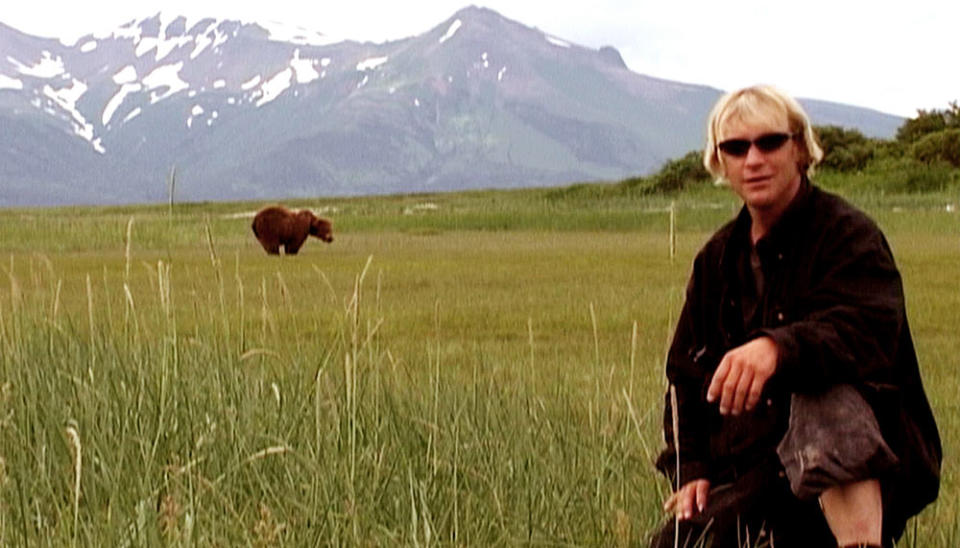
Grizzly Man stunningly chronicles the unusual life and gruesome death of misguided bear enthusiast Timothy Treadwell, a self-styled conservationist who spent 13 summers filming the brown bears he interacted with while camping illegally in the Alaskan wilderness. Radiating hippie machismo, Treadwell is a classic Herzogian weirdo, his blonde Prince Valiant haircut and convivial naiveté barely masking the troubled past that led him to seek salvation in the woods. The director deftly interviews environmental experts, those who knew Treadwell intimately and even the professionals who found and examined what was left of his body after he and his girlfriend were attacked by the very animals he believed he was protecting. Herzog never mocks Treadwell, but he does remind audiences that if you fuck with nature, nature will fuck with you right back.
Fantastic Fungi (2019, directed by Louie Schwartzberg)

Sink into this relaxing documentary like you would into the pillowy head of a cremini mushroom. Directed by groundbreaking time-lapse cinematographer Louie Schwartzberg, Fantastic Fungi utilizes this eye-popping art form (alongside CGI animation and interviews with mycologists) to cover the colorfully strange world of our planet’s greatest decomposer. While at times the film comes off as a Panglossian advertisement for all things fungal — it more than hints that mushroom products can cure cancer and reverse climate change — its sinuous images of flourishing forest of mushrooms in all shapes, sizes and hues will sedate you as easily as any hallucinogenic toadstool. The movie is woo-woo but sweet.
Baraka (1992, directed by Ron Fricke)
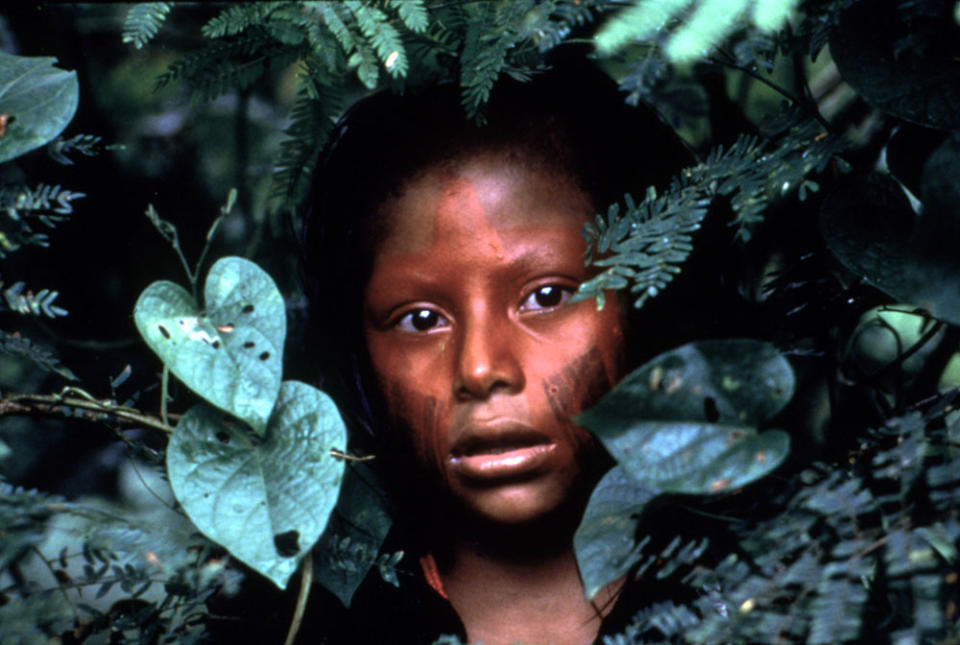
In this sweeping and majestic experimental doc, director and cinematographer Ron Fricke attempts to capture the meditative pulse of, well, the entire globe. We flit from image to image — an Aboriginal dance among the leaves, a baby chick being flung down an industrial shoot, a craggy desert landscape in the alpenglow — while percussive beats bear down on us. Fricke’s use of lighting and camerawork remains awe-inspiring. Undeniably, Baraka feels made for a voyeuristic Western audience, as most of the people we see onscreen seem to encompass an exoticized “other” engaging in non-Christian spiritual practices. There’s a false purity in Fricke’s vision, but oh, what an enormous vision.
Apollo 11 (2019, directed by Todd Douglas Miller)
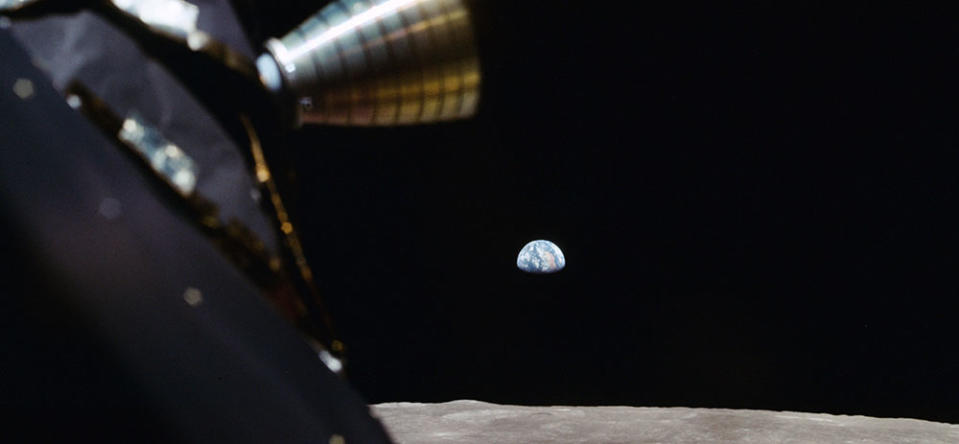
A nature documentary … set in space? Hear me out. The film tells the tale of the infamous 1969 Apollo 11 mission, the first spaceflight that led to people walking on the moon. Utilizing only crystal-clear archival footage and eschewing other typical documentary techniques like interviews, narration or dramatizations, the film plays more like a disquieting music video or experimental short, the machinic noises and transmission dialogue acting as the soothing soundtrack. It’s a masterpiece of visual and sound editing. We can only imagine the thoughts that may have been swirling around in the astronauts’ heads as their eyes swept across our pale blue dot, an image that is commonplace now to most people but is probably numinous to those experiencing it from outer space. Science fiction whimsically posits that humans may have to leave Earth one day due to environmental collapse. Apollo 11 makes you appreciate all we could be leaving behind.
Encounters at the End of the World (2007, directed by Werner Herzog)
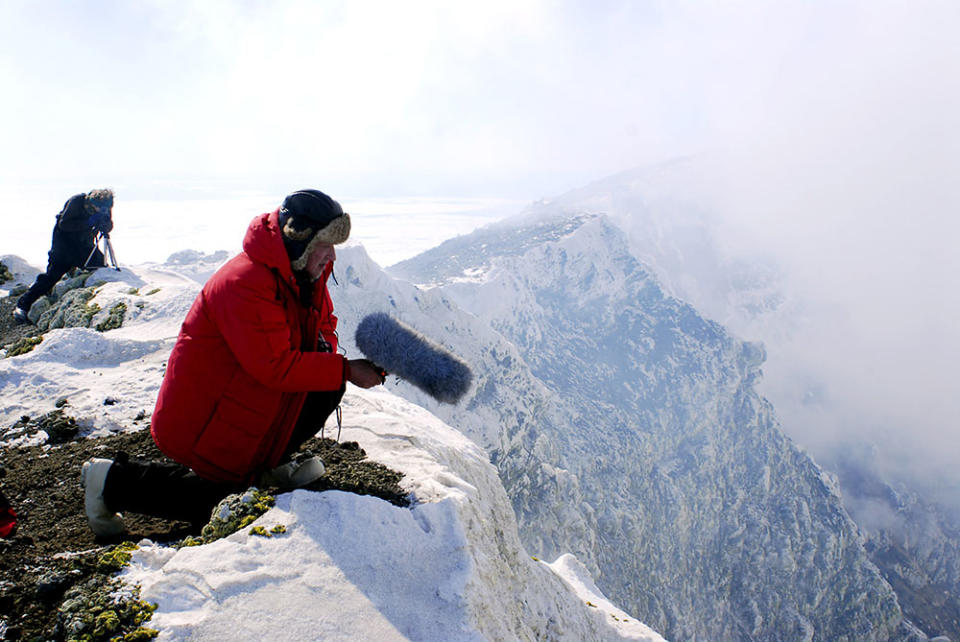
Many of us imagine Antarctica as a static place, a flat sheet of white ice spanning a continent. Not so, apparently. As Werner Herzog evinces in Encounters at the End of the World, it’s a dynamic, if desolate and muddy, frontier populated by a bevy of interesting misfits displaced by the quotidian drudgery of normal civilization. He talks to adrenaline junky scientists searching for the beginnings of life; a soul-patch-sporting linguist who destroyed his research out of superstition and now maintains the greenhouses; a Soviet refugee mechanic so traumatized by his escape from authoritarianism that he keeps a survival bag with him at all times. We listen to the synth-like sounds of seals chatting underwater and travel through cathedrals of ice. Truly, one of the funniest things I’ve ever seen on film is Herzog asking a scientist if penguins ever “experience madness” — in the scene, we watch a lone penguin run off toward a mountain range, never to be seen again.
Gunda (2020, directed by Viktor Kossakovsky)

If Babe came across like a delightfully snarky, post-modern rebuke of the romanticized farm in Charlotte’s Web, then let Gunda be their Shoah. This black-and-white, dialogue-free documentary follows the daily escapades of captivating farm animals living on old-school, “free-range” farms across Europe. A folk hero of a one-legged chicken frolics and ignites our laughter. Cattle graze, lowing in their fields. Gunda, the mother pig of the title, cares for her adorably fuzzy and tussling newborn piglets. The stillness of farm life envelops us. And then, one day, the truck arrives, and the babies are packed up, squealing in fright: Their mother is soon left sniffing after them, her udders still full with milk. Gunda doesn’t need to graphically spell out the horrors that await.
Microcosmos (1996, directed by Claude Nuridsany and Marie Pérennou)
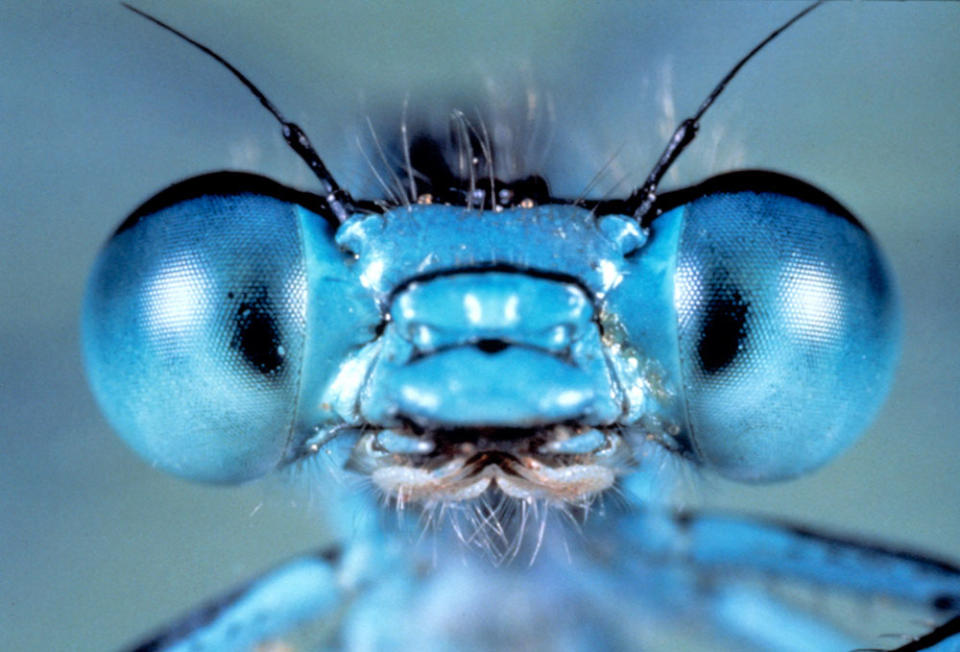
Microcosmos is no doubt one of the most tranquil cinematic feats of all time, but don’t conflate tranquility with tediousness. Homing in on an idyllic spring meadow, the playful film details a bustling miniature world within its forests of grass and green life, a close-up universe we’re usually only privy to in animated movies. Among the busy insects, mollusks and frogs, droplets of dew are gigantic and mesmerizing — and thirst-quenching for ants. Buzzing bees seduce flowers with their proboscises. Ladybugs happily crunch on tasty aphids. Viscous slime becomes integral to a romance between snails. The film simply emanates joy and wonder.
Honeyland (2019, directed by Tamara Kotevska and Ljubomir Stefanov)

In the cinéma-vérité Honeyland, we follow the life of Hatidže Muratova, a Macedonian beekeeper who lives in a secluded mountain village and collects the honey from wild bees inhabiting the treacherous mountainsides. She’s one of the last of her vocation in Europe and the film implies that, when she passes, much of the knowledge of how to respectfully commune with the wild bees will be forever lost. While she cares for her elderly and infirm mother, Hatidže also quietly battles a number of foes, including a scarcity of resources and the loss of biodiversity in her region, which changes the bees’ natural rhythms. Most memorably, we watch as her nomadic neighbors encroach on her practice and abuse the bees, leading to the loss of her precious colony. In just under an hour and a half, directors Tamara Kotevska and Ljubomir Stefanov encapsulate the greatest terrors of our rapidly shifting climate.
The Silent World (1956, directed by Jacques Cousteau and Louis Malle)
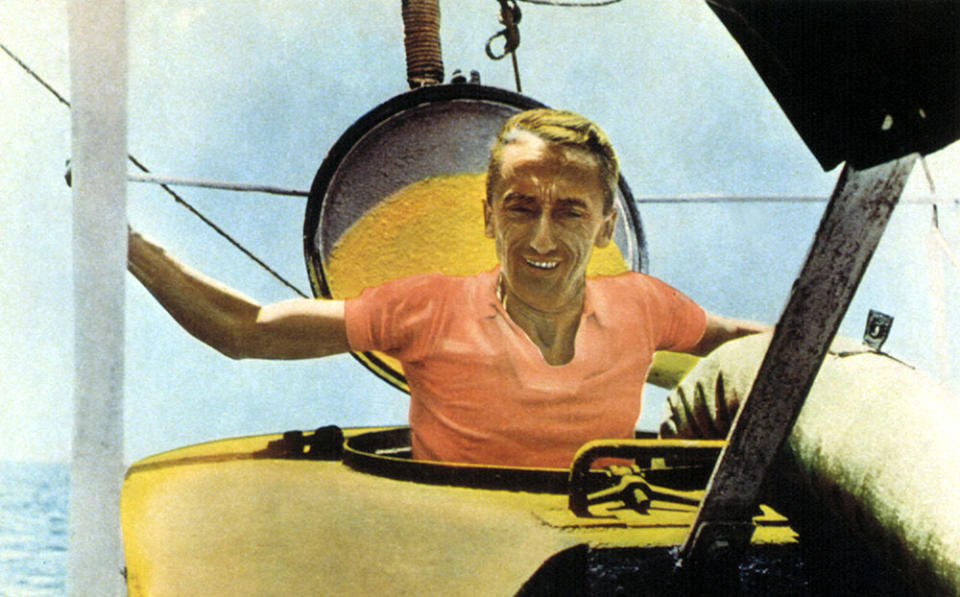
This groundbreaking documentary was one of the first films to use underwater color cinematography to showcase ocean life in all its glory; the film opened the 1956 Cannes Film Festival and won the coveted Palme d’Or. Indeed, even 70 years later, the diving shots are still breathtaking, and you can see the film’s influence across the oeuvre of James Cameron. But this is no cutesy Disney nature short: Aboard the ship Calypso, Cousteau and his crew literally blow up a coral reef with dynamite to collect samples of dead fish on the seafloor. They jump on the backs of tortoises for free rides. Later, the ship’s propellers accidentally lacerate a baby whale in a stream of bright red gore. The blood attracts a school of hungry sharks and, as “revenge” for the baby whale they killed, the crew harpoons and beats the sharks in a frenzy. Modern mores aside, there’s no question The Silent World was life-changing for many.
Best of The Hollywood Reporter
'The Super Mario Bros. Movie': See Who Voices the Beloved Characters
Hollywood Reporter Critics Pick the 50 Best Films of the 21st Century (So Far)
Ben Affleck on ‘Air,’ New CEO Gig and Those Memes: "I Am Who I Am"

